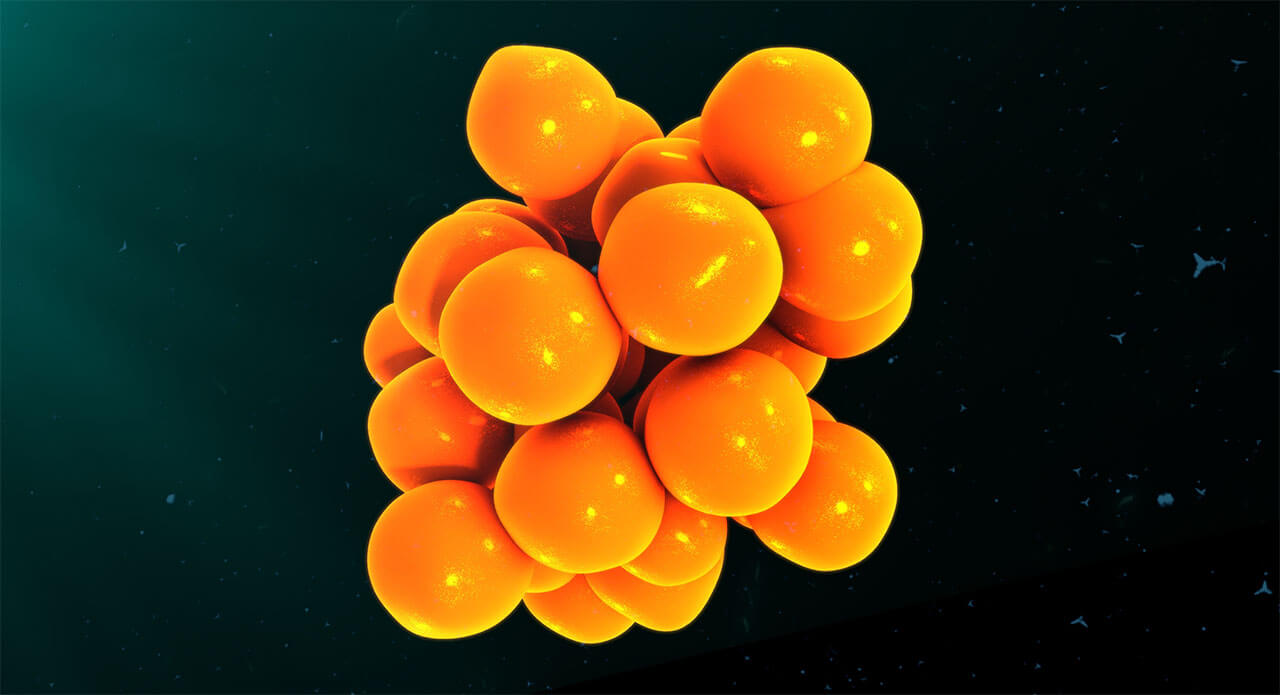Inside a Cytokine Storm: When Your Immune System is Too Strong

The vast majority of people who suffer severe complications from influenza are elderly or have compromised immune systems. In fact, almost 90% of people who die as a result of a flu infection in the United States are over 65, an age when the immune system’s ability to fight infection begins to wane.
But with the fiercest flu season in almost a decade occurring in 2018, news stories about otherwise healthy adults succumbing to the influenza virus were alarmingly common. Why?
Ironically, in most cases, it is the strength of their immune response that can put a healthy person at risk for complications associated with the flu. While most of the time a strong immune system is key to keeping an infection in check, sometimes the body’s reaction to being infected with the flu presents the greatest danger to an otherwise healthy person.
“A cytokine storm is generally what leads to otherwise healthy young people dying of the flu,” says David Martin, Senior Medical Director at Pfizer. “We saw that in the flu pandemic that happened at the end of World War I and we’re still seeing it today.”
A Normal Immune Response
So, what is a cytokine storm?
When a person is infected with the flu virus their immune system swings into action, using a host of different cells to attack the invader. A type of white blood cell called a macrophage recognizes foreign material like viruses and attempts to swallow them up. Other white cells have even more specialized jobs. For example, B-cells make protein antibodies that attach to the virus, effectively labeling it as dangerous so other cells, like T-cells, can recognize and destroy it.
The Role of Cytokines
To coordinate their attack on an infection, the cells involved in the body’s immune response need to communicate with each other. They do this by releasing a set of proteins that serve as chemical messengers. These proteins, called cytokines, tell immune cells what to do and also tell the body to produce more of them to help deliver a knockout blow to the infection.
Cytokines are an integral part of the body’s immune response, but they are also involved in producing many of the familiar, and less welcome, symptoms of infection. Blame cytokines for triggering things like the fever, inflammation, runny nose and aches often associated with a case of the flu. While these side-effects can be unpleasant, an effective multipronged attack depends on the organizing power of cytokines.
Too Much of a Good Thing
But in severe cases of the flu, cytokine production can grow out of control. Immune cells release cytokines that tell the body to produce more immune cells, and in turn these new cells release even more pro-inflammatory cytokines. A subset of cytokines, known as chemokines, are critical in the recruitment of cells to sites of inflammation – and help to fight pathogens – but this process can have a detrimental overall effect. The positive feedback loop of cytokine creation can lead to a “cytokine storm,” a situation in which excessive cytokine production causes an immune response that can damage organs, especially the lungs and kidneys, and even lead to death.
“Cytokine storms get a lot of attention because they are so dramatic,” says Martin. “Their potential to do serious harm is very real, especially in a younger population with robust immunity.”
While cytokine storms can result from several different types of infections and autoimmune conditions, research indicates they often result from exposure to certain strains of influenza. Scientists now believe that cytokine storms caused many of the deaths associated with the “Spanish Flu” pandemic of 1918-1920 and the more recent outbreaks of bird flu and swine flu.
An Ounce of Prevention
Researchers continue to work on ways to treat cytokine storms, including using dialysis machines to remove cytokines from a patient’s blood stream and working with natural processes in the body to stop the synthesis of cytokines.
In addition, scientists are beginning to get a better understanding of cytokine storms outside of their role in influenza. Because many cancer therapies rely on activating a person’s immune system to attack tumors, cancer research has led to some of the biggest breakthroughs in our knowledge about cytokine storms.
“The best medicines in oncology often trigger a massive immune response,” says Martin. “So we’ve had to learn more about what causes cytokine storms and how to stop them. Because of this, there are a lot of new studies now about how to blunt cytokine storms.”
However, currently there are still no “gold standard” therapies for combatting the excessive production of cytokines. That means healthy people still need to wash their hands, get their flu shots and set a good example by staying home when sick. After all, a strong immune system doesn’t always protect you from the worst aspects of the flu.
